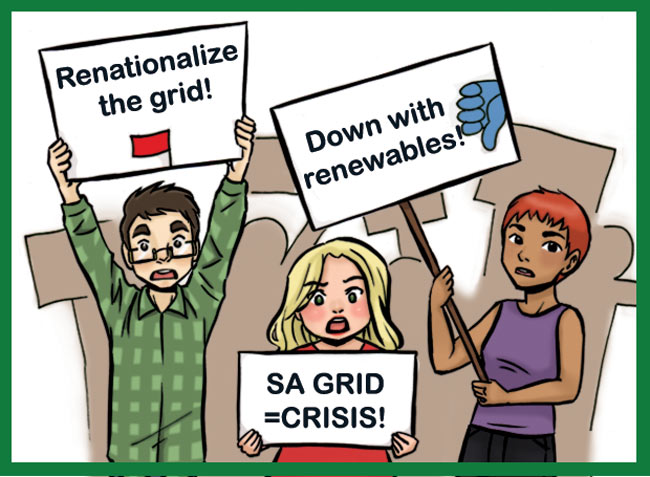
If you repeat a message long and loud enough many people will accept it as true.
At the start of the month I wrote that South Australia’s grid was in disarray. I warned that more blackouts were inevitable as soon as summer rolled around again or adverse weather struck.
With my warning I wanted to give people a sense of perilous urgency on the need to do something about the dilapidated state of the grid that we depend upon for our jobs, our well being, and civilization itself.
But that was on April Fools Day.
I wasn’t serious. [Read more…]

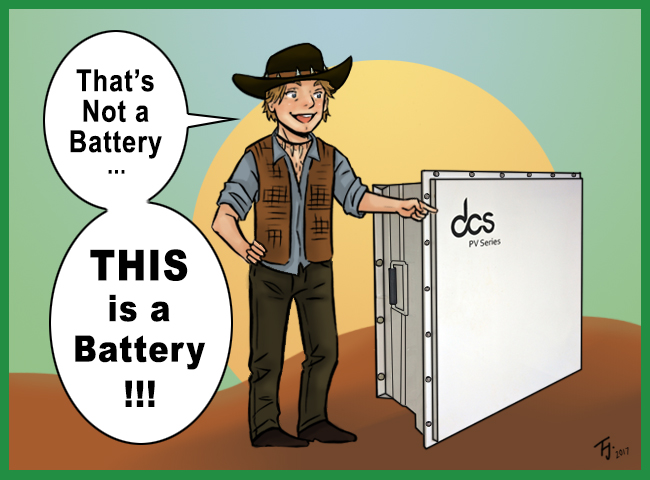
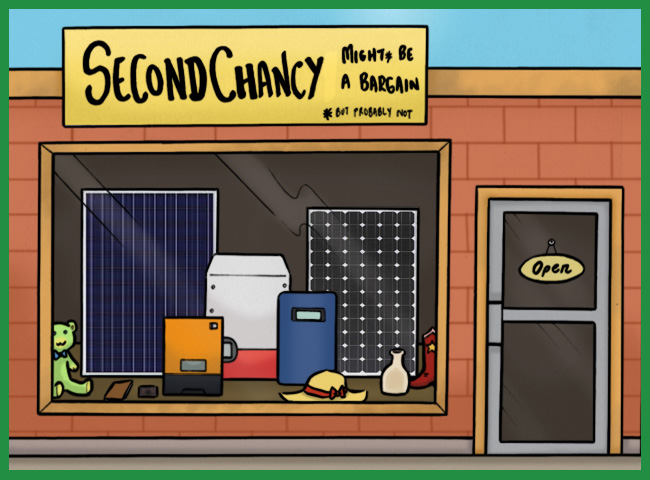

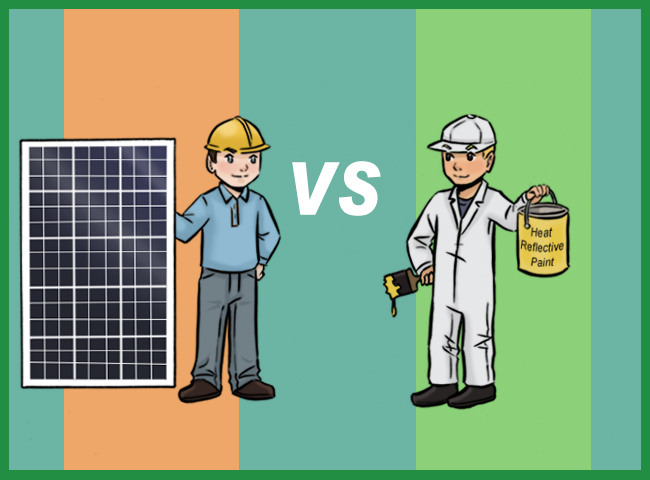
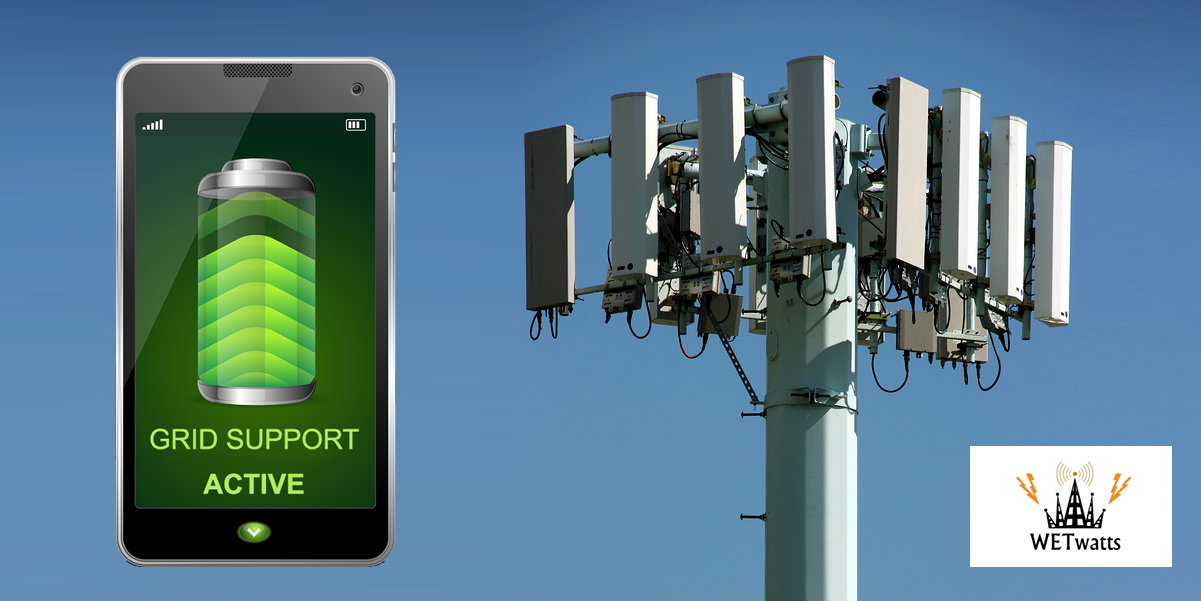
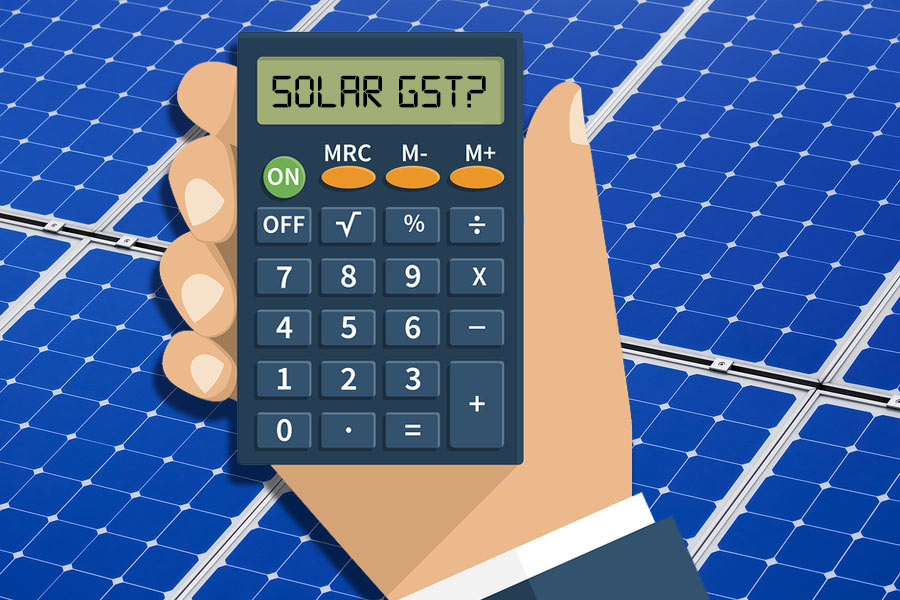

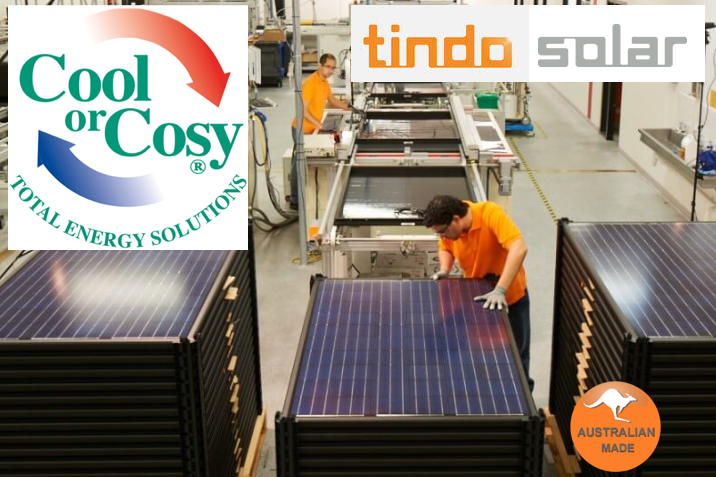
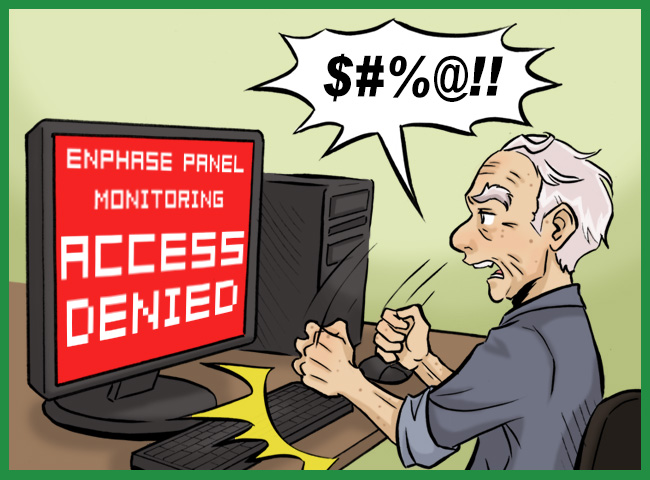
 RSS - Posts
RSS - Posts



Currently Raging Debates: